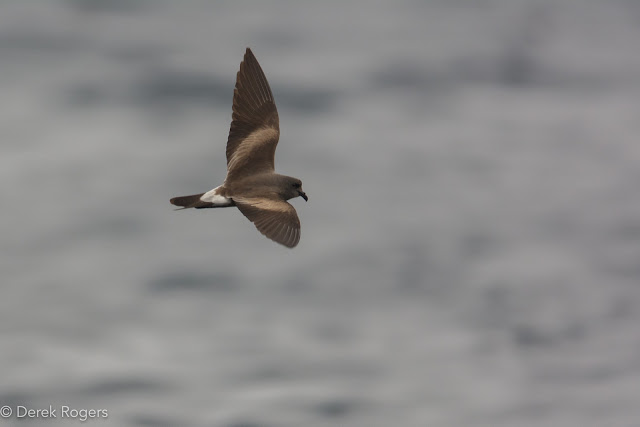Godwits on Long Island, NY - Early August 2013
 |
| Hudsonian Godwit, 8/9/13 - image captured with an iPhone and Meopix Adapter taken through a Meostar S2 Spotting Scope |
This week was one of those weeks where I had to squeeze in my birding. I decided that Jones Beach West End would become a morning routine. It is more or less on the way into my office and if I got there early enough I could get in a solid hour or so of birding at the Coast Guard Station. Why go to Jones Coast Guard Station? Its a great location to comfortably view shorebirds and other goodies that may drop into Jones Inlet or loaf on the nearby sand bar. But the real reason that I kept visiting Jones this week was in hopes to find a HUDSONIAN GODWIT. I would say that this is a nemesis bird for me; a bird that constantly seems to escape me. I gave up on chasing this species and decided I'll just find my own one day. Well today was the day that I finally came across a molting adult HUDSONIAN GODWIT and the 5:15 AM wake ups payed off quite quickly.
 |
| Hudsonian Godwit, 8/9/13 - image captured with an iPhone and Meopix Adapter taken through a Meostar S2 Spotting Scope. Note that this bird is molting out of its alternate plumage, barely retaining some specks of rufous along its belly, flanks, and under tail coverts. |
 |
| Hudsonian Godwit, 8/9/13 - image captured with an iPhone and Meopix Adapter taken through a Meostar S2 Spotting Scope |
Hudsonian Godwit is not a mega rarity or anything but its a tough bird to get here on Long Island as the majority of the birds are quickly passing through. It is very easy to miss this species on migration, and many people do, as we don't get huge numbers. They are also known for making nonstop flights over several thousand miles as they migrate from their Arctic breeding grounds down to their wintering grounds in South America. They basically just pick up and go, no lingering. Being in the right place at the right time is the best way to get set up for seeing a Hudwit. Marbled Godwits tend to linger a bit more offering a much better probability of sighting one. This juvenile Marbled Godwit, shown below, was photographed in Westhampton Beach on August 6, 2013. Marbled Godwits are much larger than Hudsonian Godwit and stand out among other shorebirds. Hudwits, being the smallest of the godwit tribe, can easily tuck in among other groups of shorebirds and can be overlooked. Especially when loafing with large groups of dowitchers, willets or yellowlegs.
 |
| Juvenile Marbled Godwit, Westhampton Dunes Overlook, 8/6/13 - image captured with an iPhone and Meopix Adapter taken through a Meostar S2 Spotting Scope |



Comments
Post a Comment